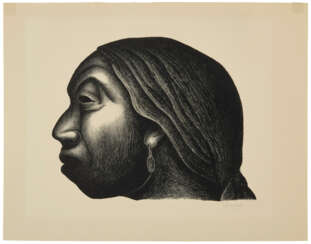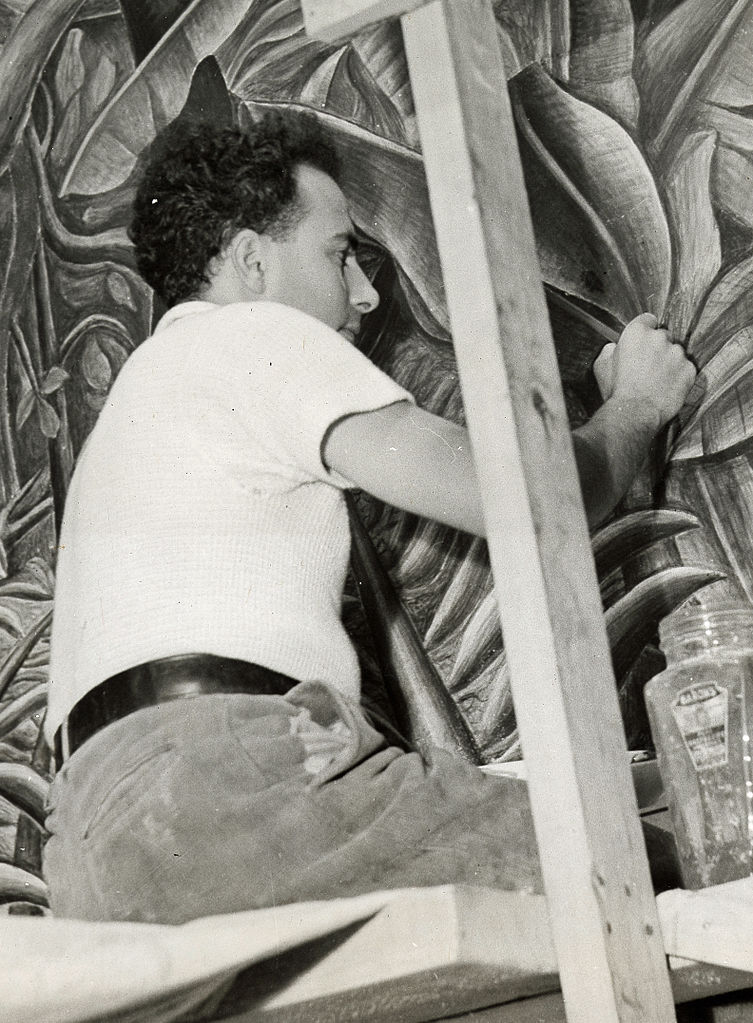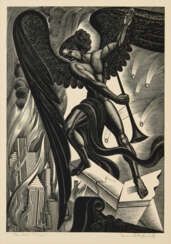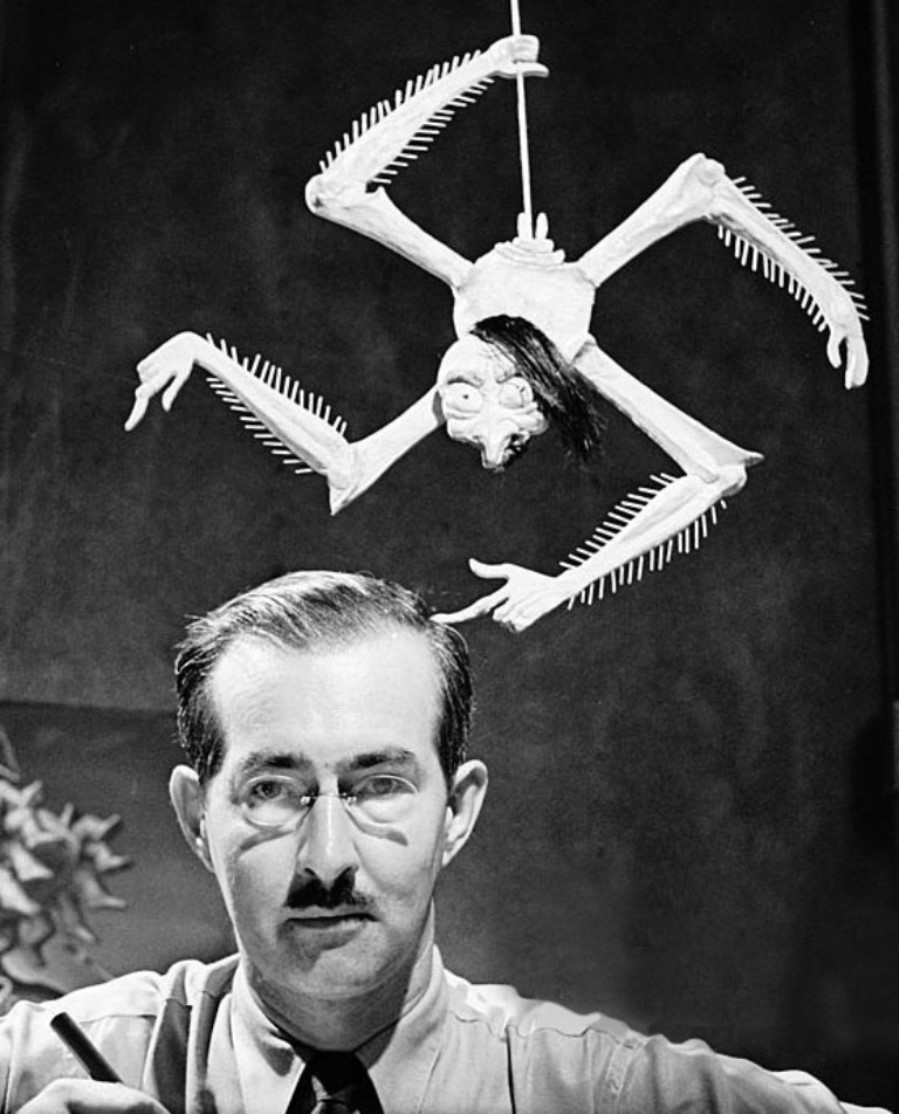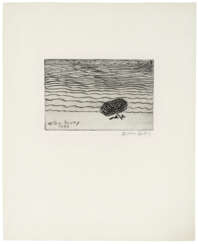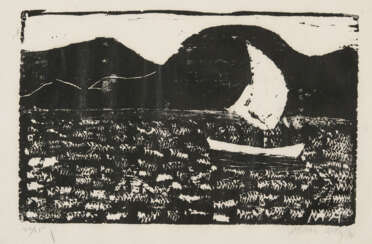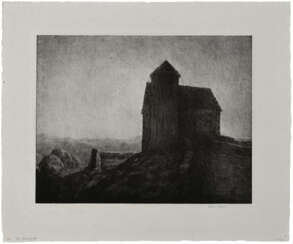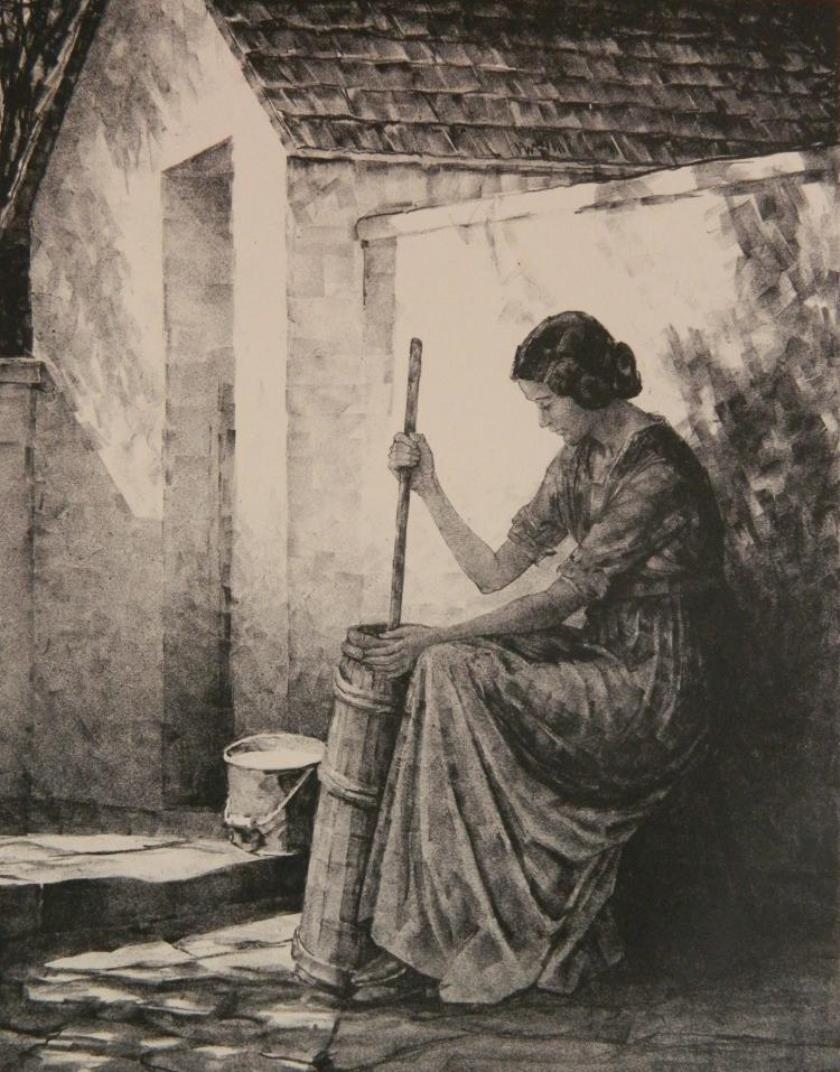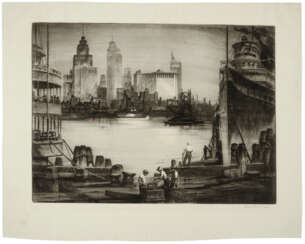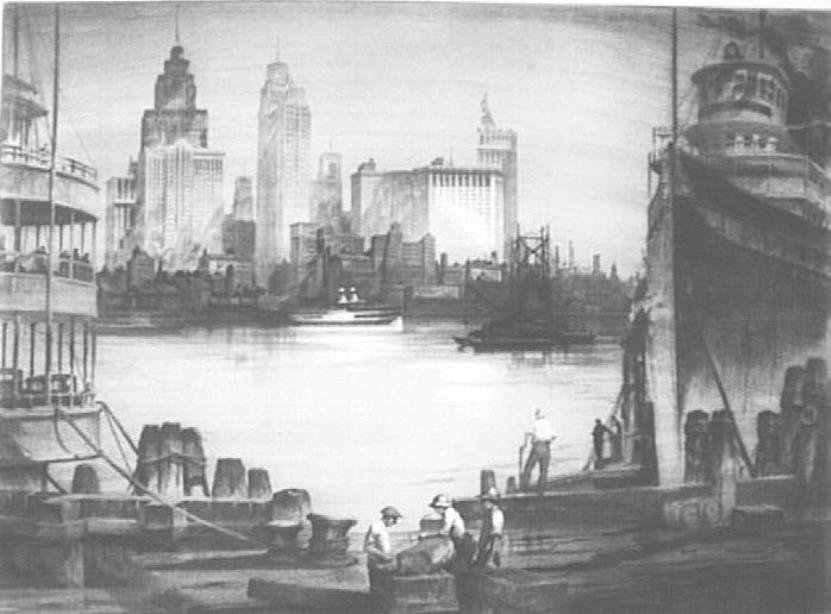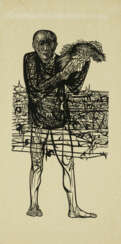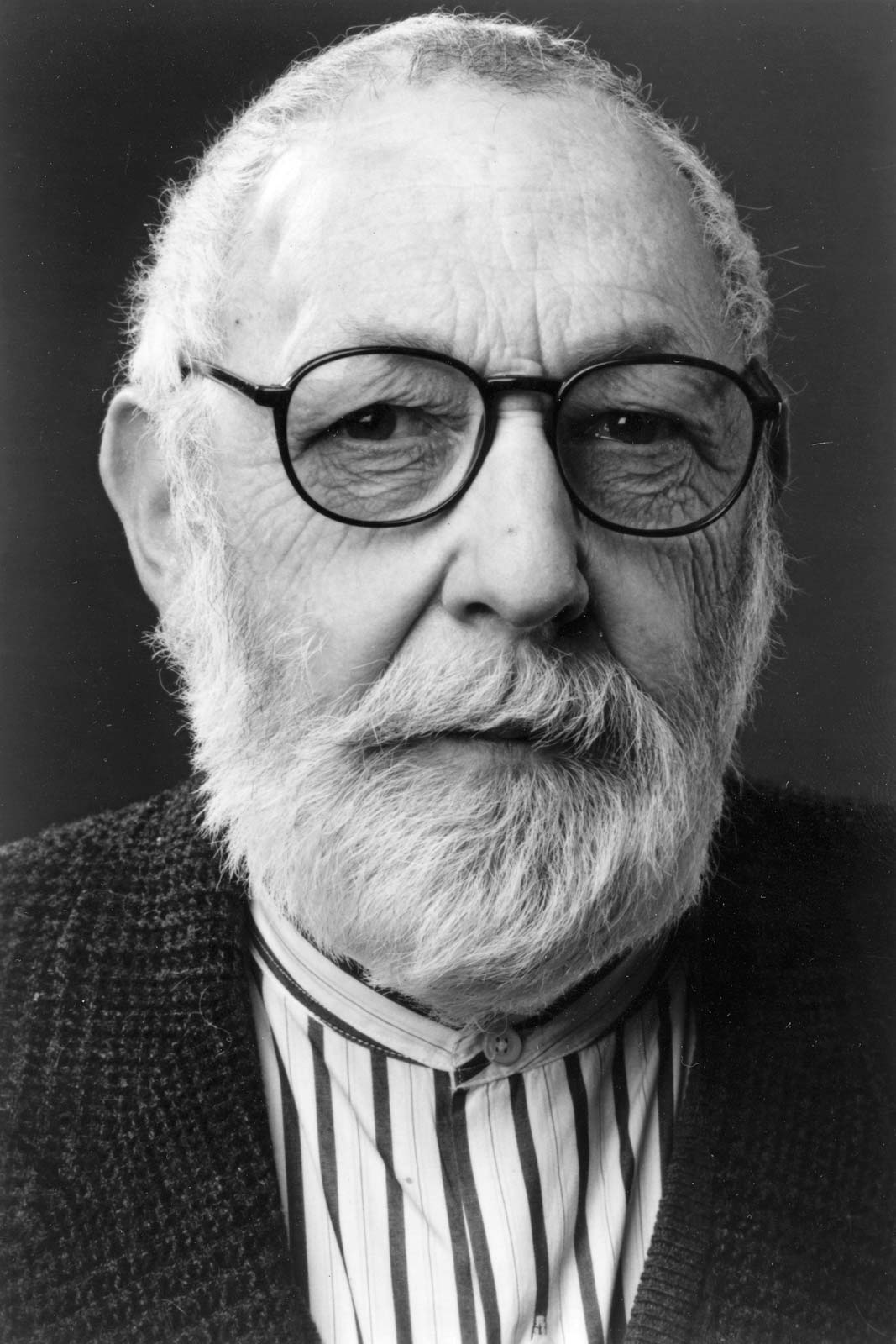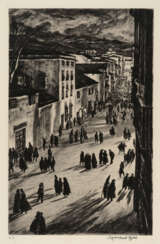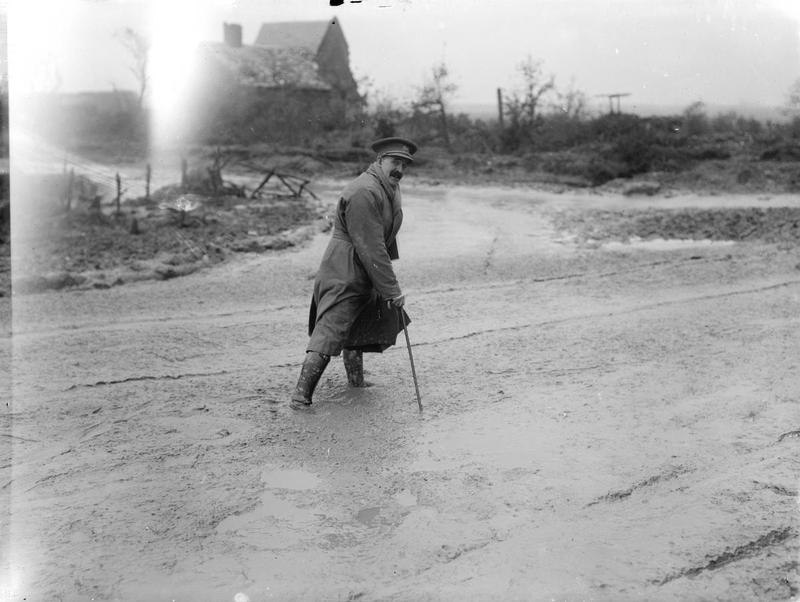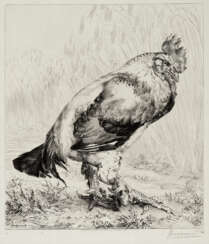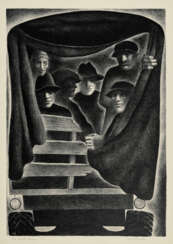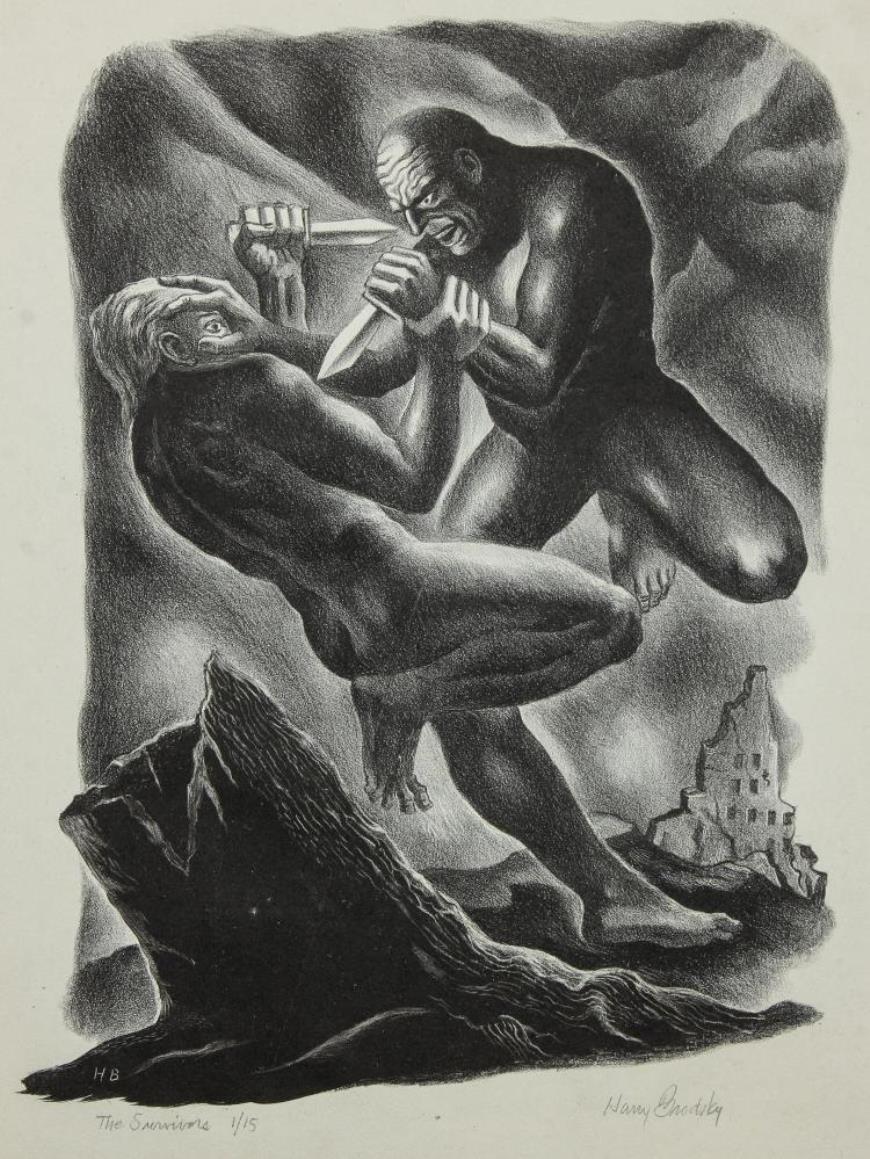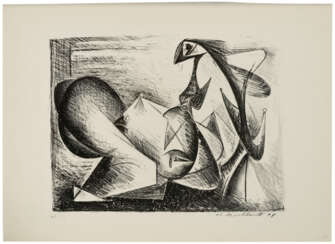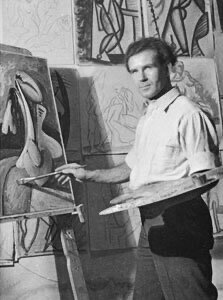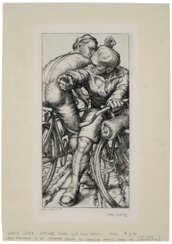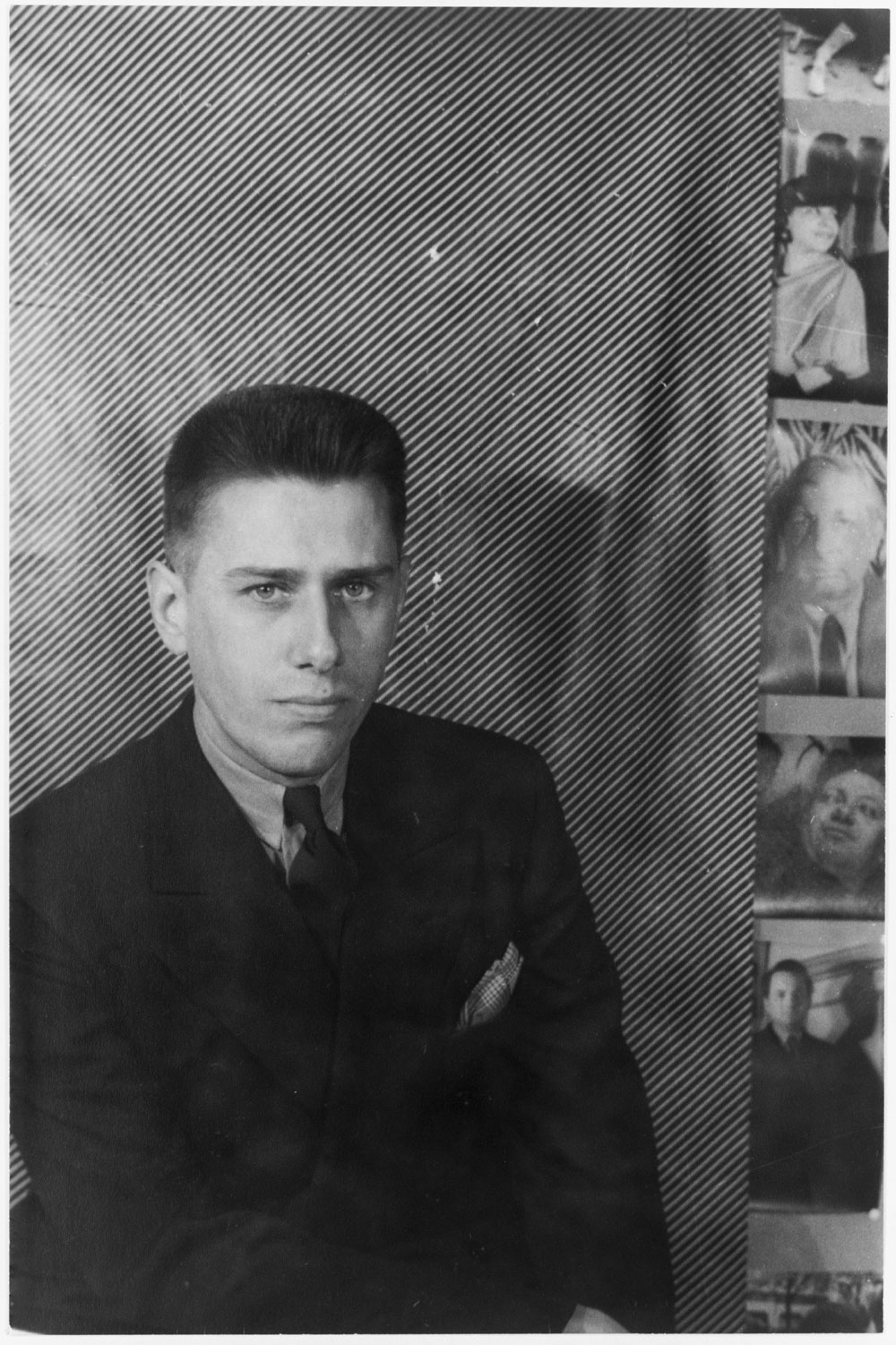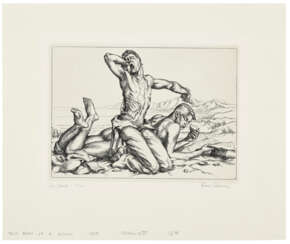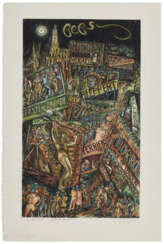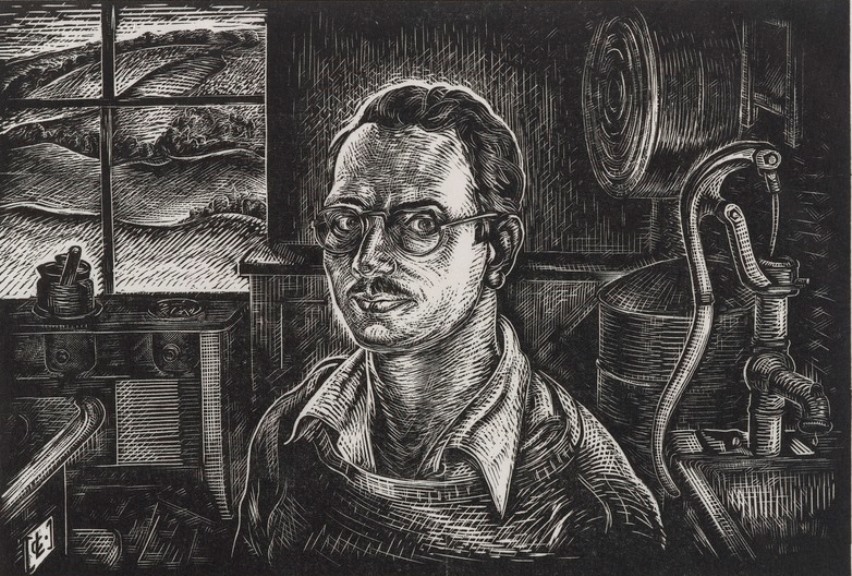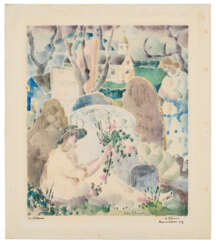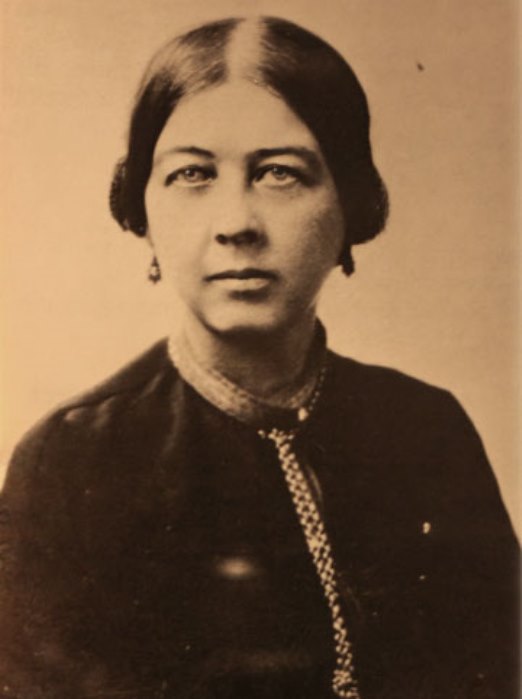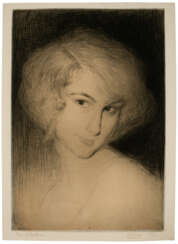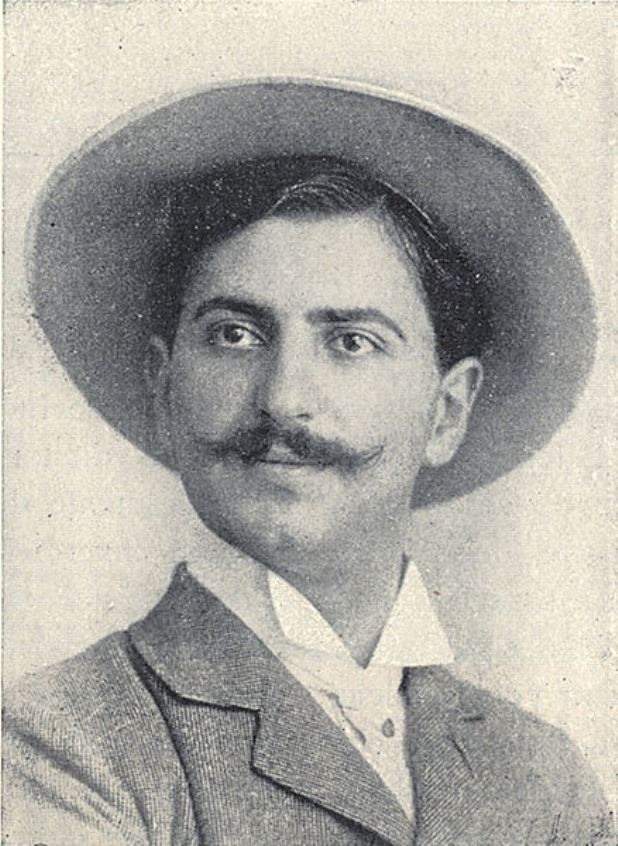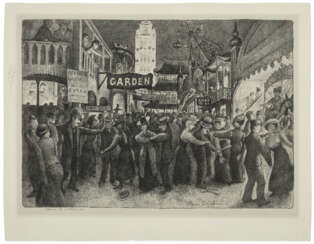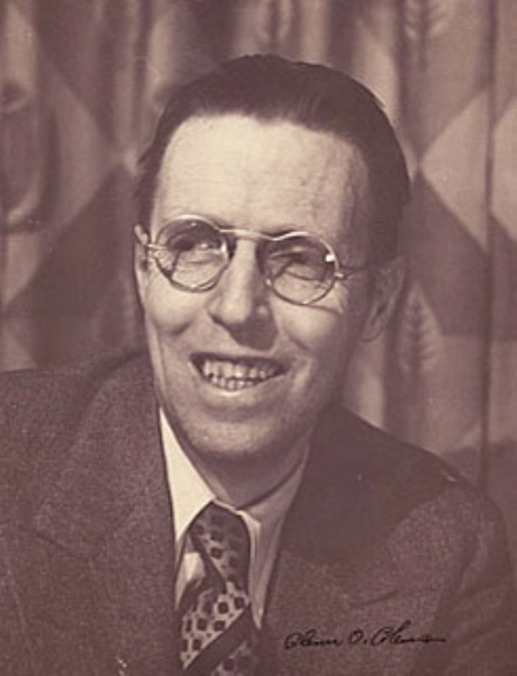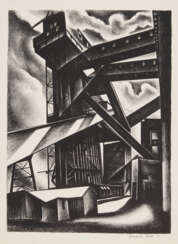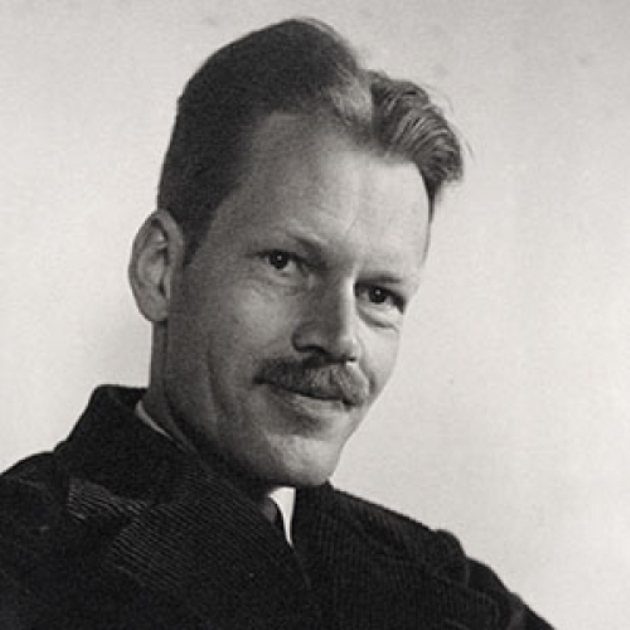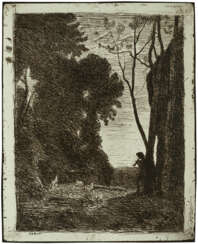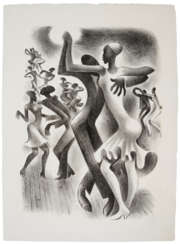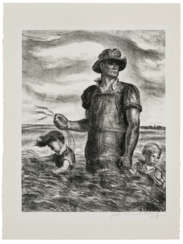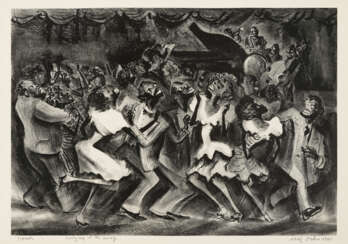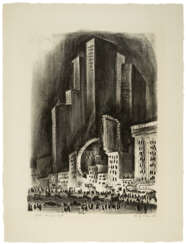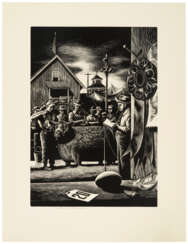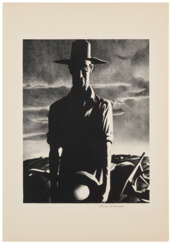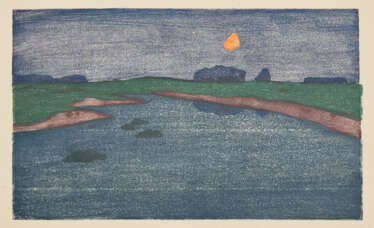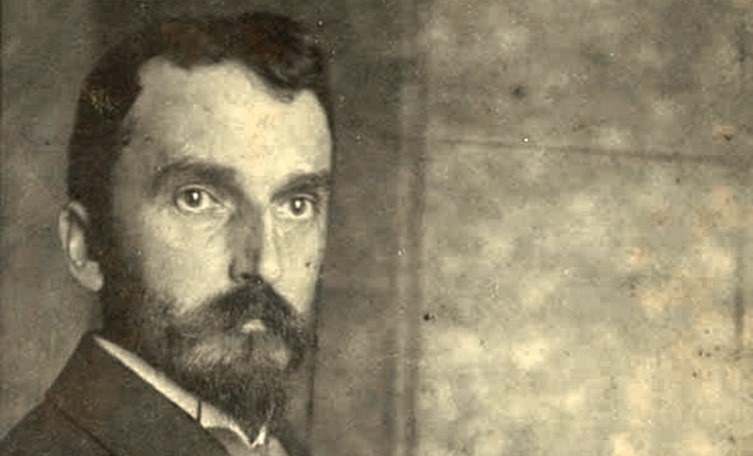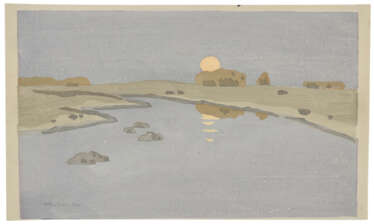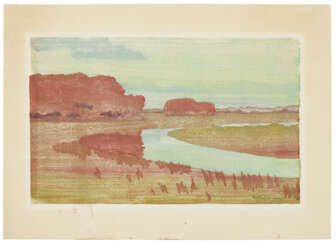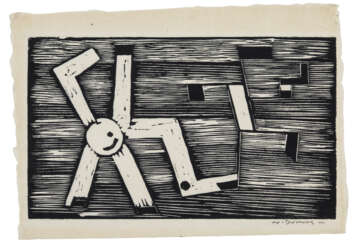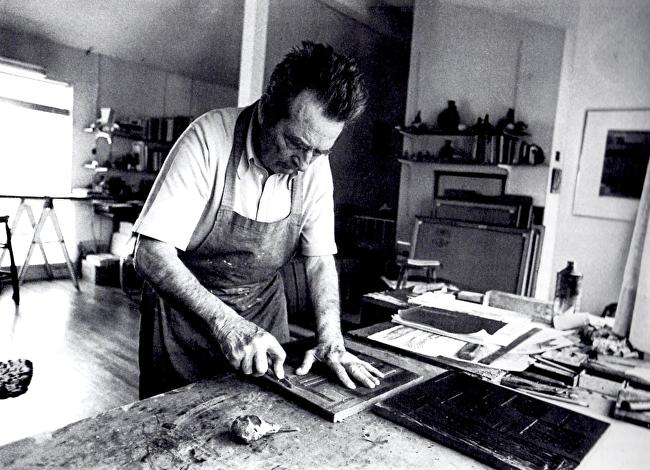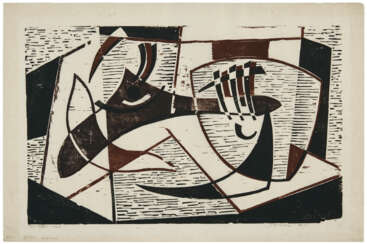
Graphic Century: Featuring Exceptional Impressions from The Alan and Marianne Schwartz Collection
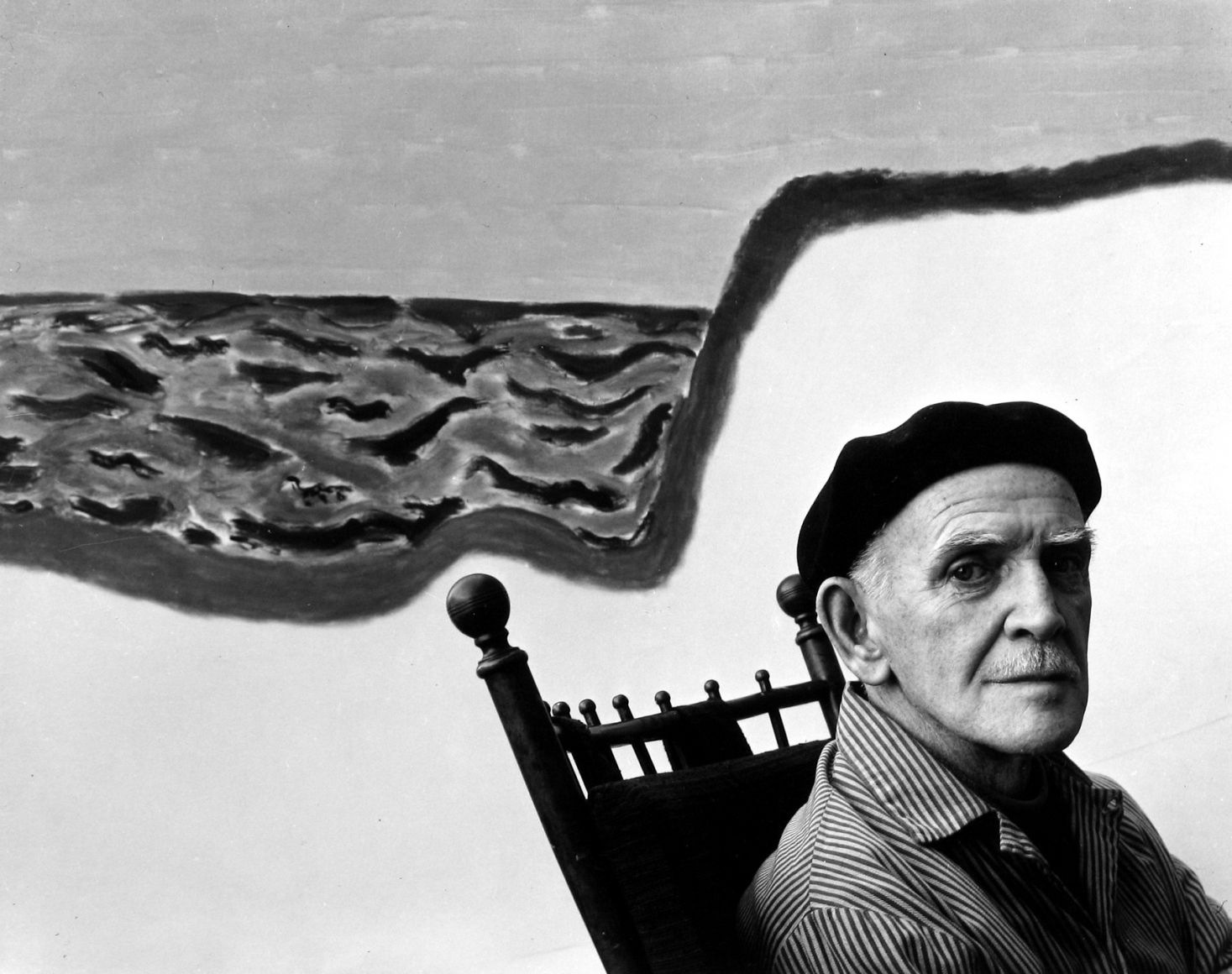
Milton Clark Avery was an American artist who, with his wife, the artist Sally Michelle Avery, created his own "Avery style. Avery was one of the most influential abstract artists in the United States in the mid-20th century.
His work is characterized by bright colors and recognizable geometric shapes. He often used these elements to create abstract compositions in which he placed great emphasis on the harmony of color and line. In addition to abstract works, Avery also created figurative paintings, often depicting landscapes and portraits. He used bright colors and strong contrasts to create emotional depth in his works.
Avery's work is held in many museums, including the Museum of Modern Art in New York, the Guggenheim Museum, and the National Gallery of Art in Washington, DC.

Milton Clark Avery was an American artist who, with his wife, the artist Sally Michelle Avery, created his own "Avery style. Avery was one of the most influential abstract artists in the United States in the mid-20th century.
His work is characterized by bright colors and recognizable geometric shapes. He often used these elements to create abstract compositions in which he placed great emphasis on the harmony of color and line. In addition to abstract works, Avery also created figurative paintings, often depicting landscapes and portraits. He used bright colors and strong contrasts to create emotional depth in his works.
Avery's work is held in many museums, including the Museum of Modern Art in New York, the Guggenheim Museum, and the National Gallery of Art in Washington, DC.
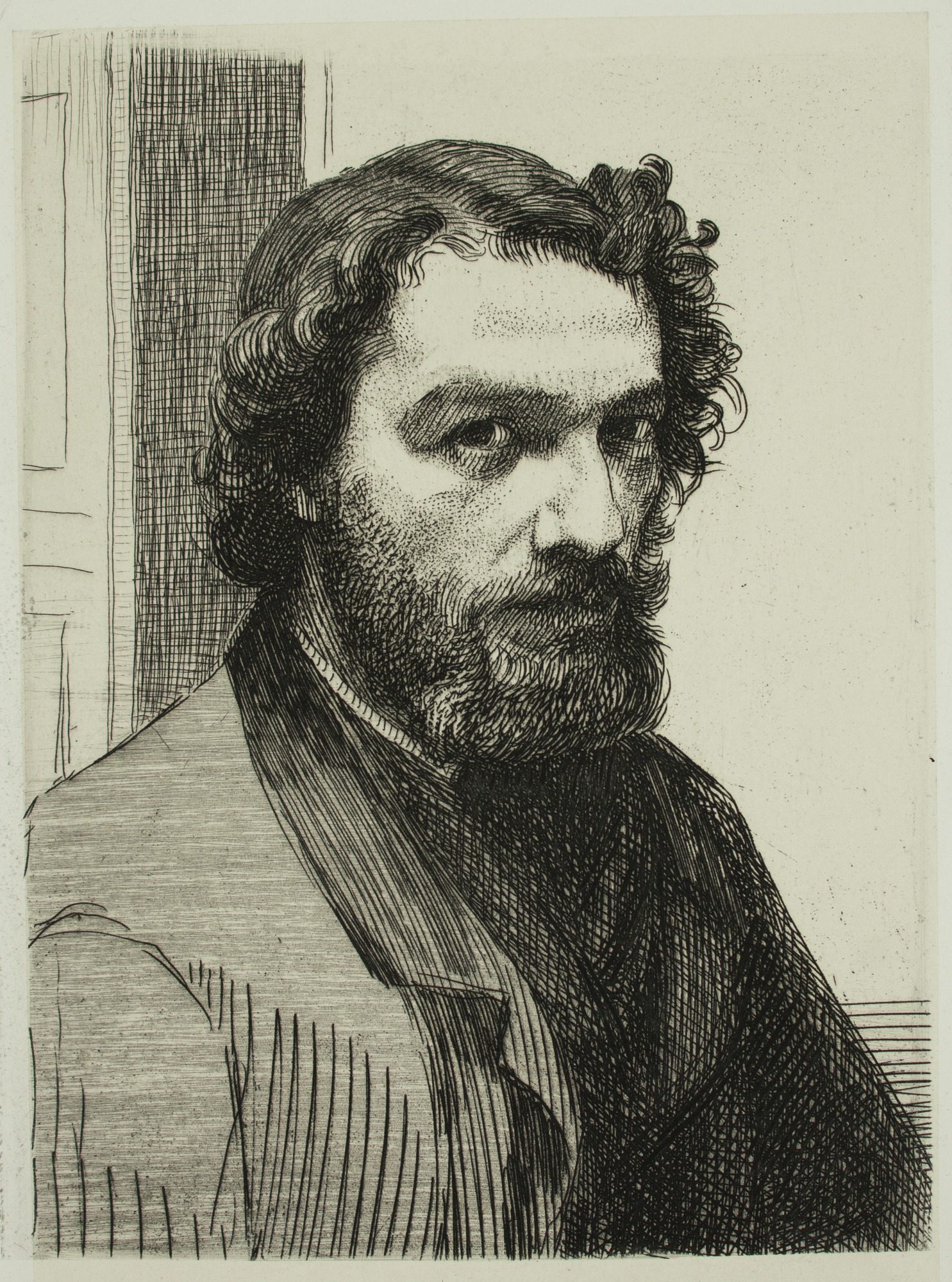
Félix Bracquemond was a French painter, etcher, and printmaker. He played a key role in the revival of printmaking, encouraging artists such as Édouard Manet, Edgar Degas and Camille Pissarro to use this technique.
Unusually for a prominent artist of this period, he also designed pottery for a number of French factories, in an innovative style that marks the beginning of Japonisme in France.
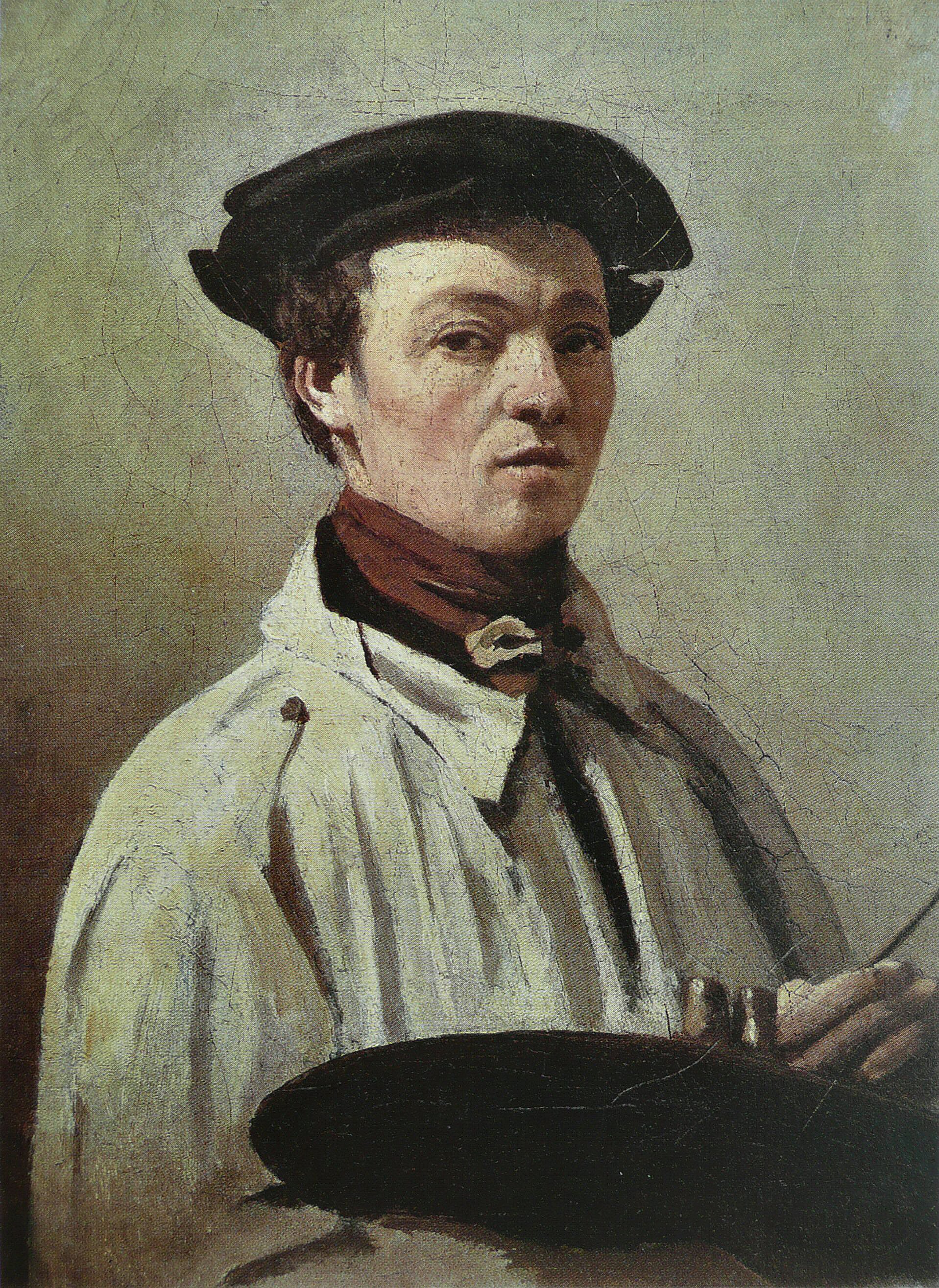
Jean-Baptiste-Camille Corot was a French landscape and portrait painter as well as a printmaker in etching. He is a pivotal figure in landscape painting and his vast output simultaneously referenced the Neo-Classical tradition and anticipated the plein-air innovations of Impressionism.
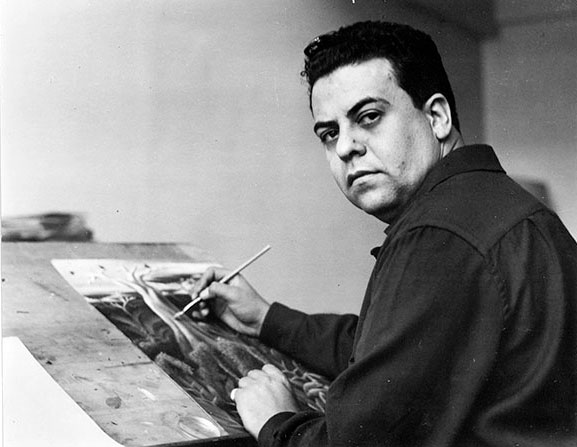
Miguel Covarrubias, also known as José Miguel Covarrubias Duclaud was a Mexican painter, caricaturist, illustrator, ethnologist and art historian. Along with his American colleague Matthew W. Stirling, he was the co-discoverer of the Olmec civilization.
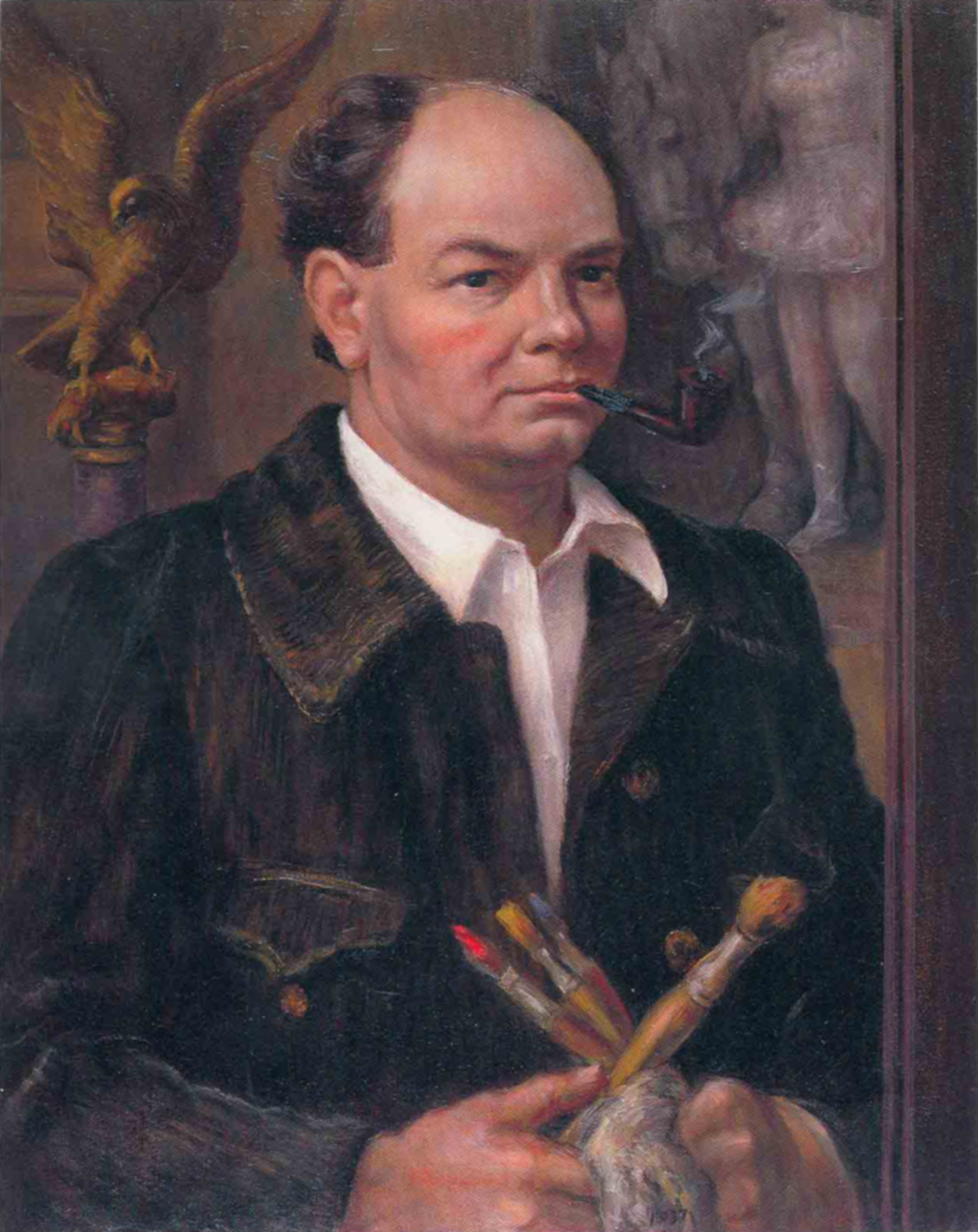
John Steuart Curry was an American artist, celebrated for his role in the Regionalist art movement. Born in Dunavant, Kansas, Curry captured the raw and tumultuous aspects of rural American life through his paintings. His works often depicted dramatic scenes of Kansas, including tornadoes, prairie fires, and other challenging aspects of rural existence, reflecting both his admiration and critique of the land.
Curry's significant contribution to American art is evident in his murals, particularly "Tragic Prelude," housed in the Kansas State Capitol. This mural portrays John Brown amidst the violent conflicts of the Civil War, encapsulating the tensions within American identity and history. Despite its controversy, especially concerning its portrayal of Brown and Kansas, this work remains pivotal in understanding the nation's past.
He studied at prestigious institutions such as the Art Institute of Chicago and later moved between New York, Paris, and Connecticut, contributing to his eclectic style. Curry’s journey as an artist was marked by a transition from commercial illustration to a focus on creating paintings that resonate with everyday Americans, which he believed should be the essence of art.
For those interested in the works and life of John Steuart Curry, including updates on exhibitions and sales of his artwork, you can sign up for our newsletter. This subscription will ensure you are informed about new product sales and auction events specifically related to Curry's works.
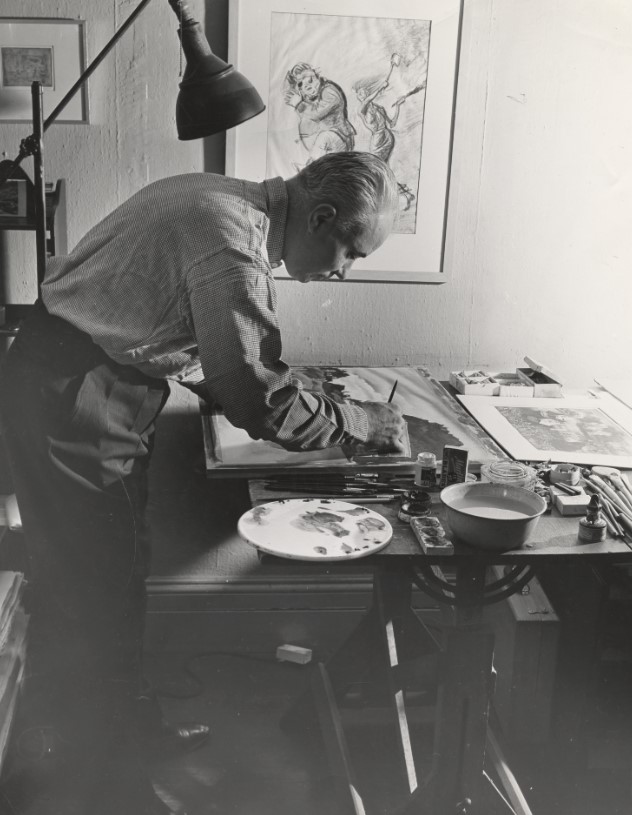
Adolf Dehn was an American artist known mainly as a lithographer. Throughout his artistic career, he participated in and helped define some important movements in American art, including regionalism, social realism, and caricature. A two-time recipient of the Guggenheim Fellowship, he was known for both his technical skills and his high-spirited, droll depictions of human foibles. In the 1930s, his work began to appear in magazines such as The New Yorker and Vogue. During his period as a lithographer, his striking images of New York, including Central Park, captured the essence of the Roaring 20s and the 1930s Depression. Beginning in 1930, Dehn executed a significant number of drawings and lithographs based on Midwest scenes. In the early 1930s, Dehn established The Adolf Dehn Print Club and became a founding member of the Associated American Artists. Dehn started executing watercolors in late 1936. Watercolor painting and casein painting represented signature second and third arms of Dehn's artistic output for the rest of his career. He is remembered as a prolific artist of great range. His works are held in over 100 museums. Dehn had a distinct style of illustration and painting. His drawings exhibit freedom in line and form along with social satire. Dehn's landscapes suggest the grandeur of nature, and a signature element in them for which Dehn was praised was the magnificence of his clouds.

Adolf Dehn was an American artist known mainly as a lithographer. Throughout his artistic career, he participated in and helped define some important movements in American art, including regionalism, social realism, and caricature. A two-time recipient of the Guggenheim Fellowship, he was known for both his technical skills and his high-spirited, droll depictions of human foibles. In the 1930s, his work began to appear in magazines such as The New Yorker and Vogue. During his period as a lithographer, his striking images of New York, including Central Park, captured the essence of the Roaring 20s and the 1930s Depression. Beginning in 1930, Dehn executed a significant number of drawings and lithographs based on Midwest scenes. In the early 1930s, Dehn established The Adolf Dehn Print Club and became a founding member of the Associated American Artists. Dehn started executing watercolors in late 1936. Watercolor painting and casein painting represented signature second and third arms of Dehn's artistic output for the rest of his career. He is remembered as a prolific artist of great range. His works are held in over 100 museums. Dehn had a distinct style of illustration and painting. His drawings exhibit freedom in line and form along with social satire. Dehn's landscapes suggest the grandeur of nature, and a signature element in them for which Dehn was praised was the magnificence of his clouds.
